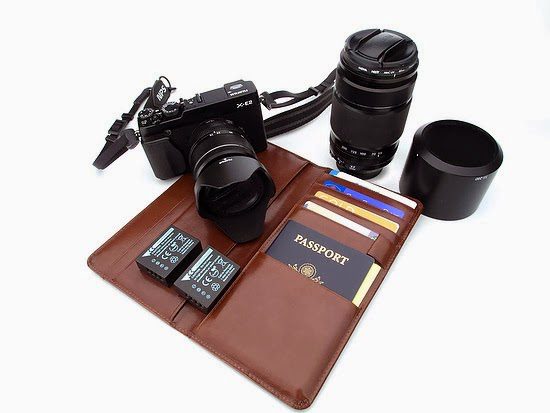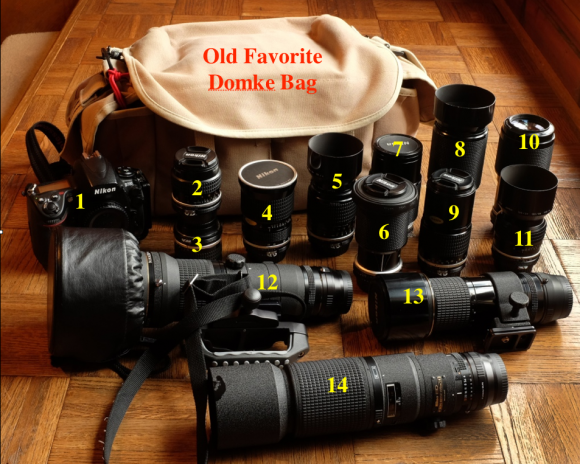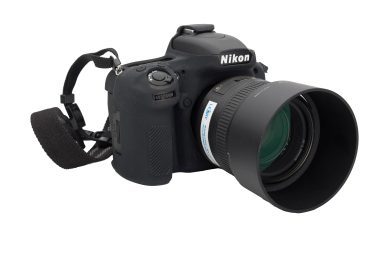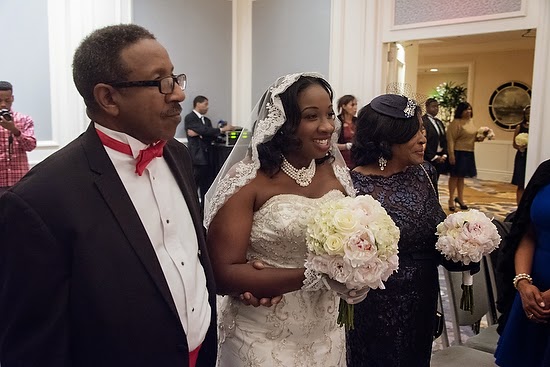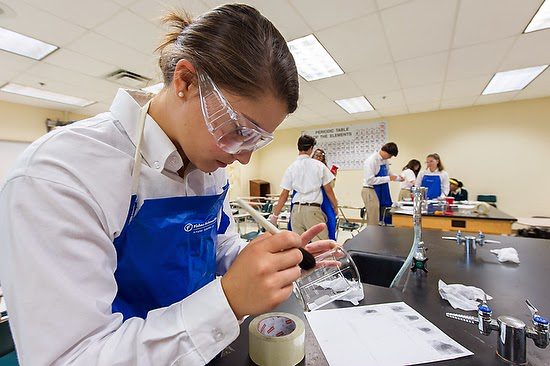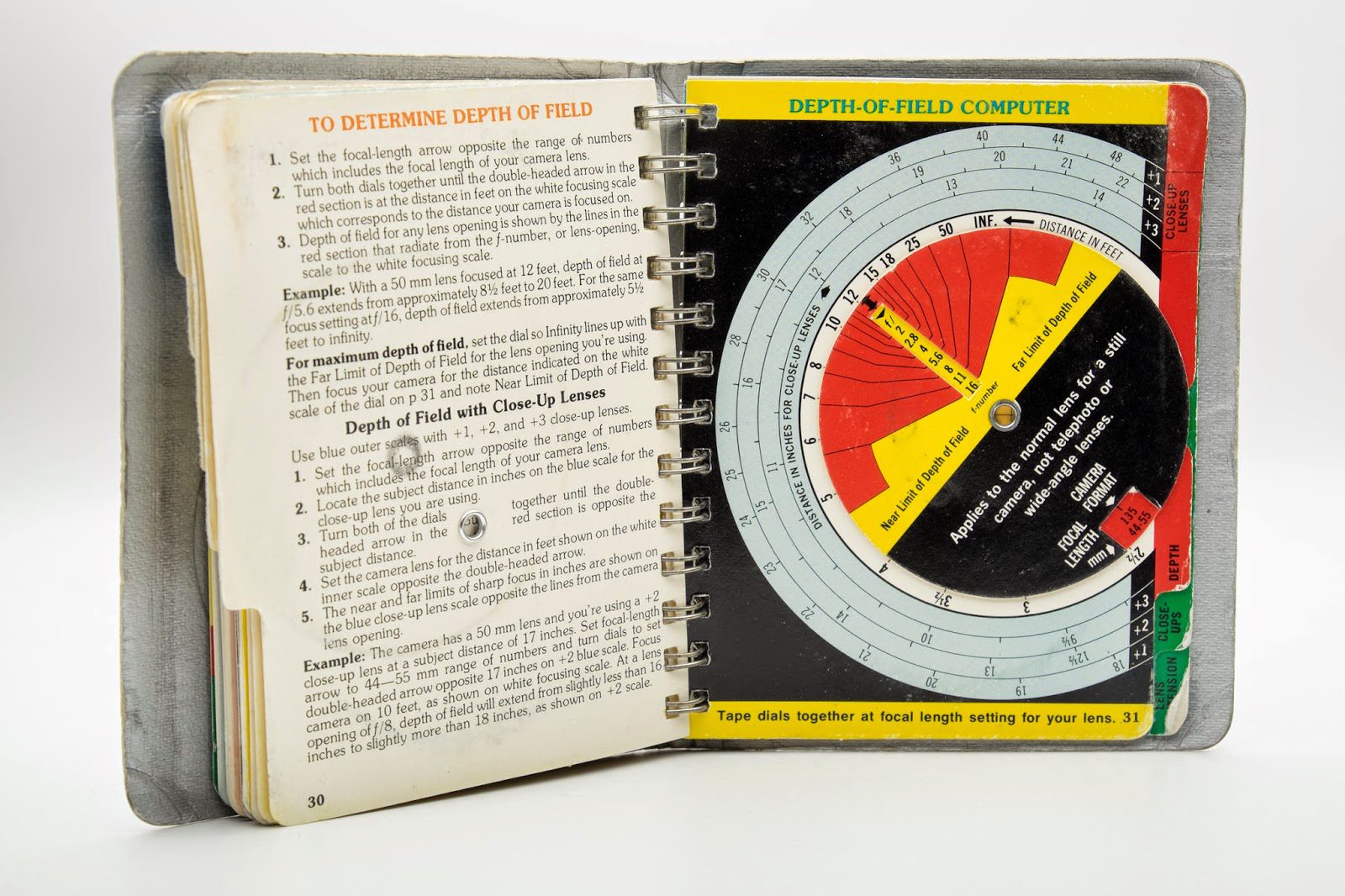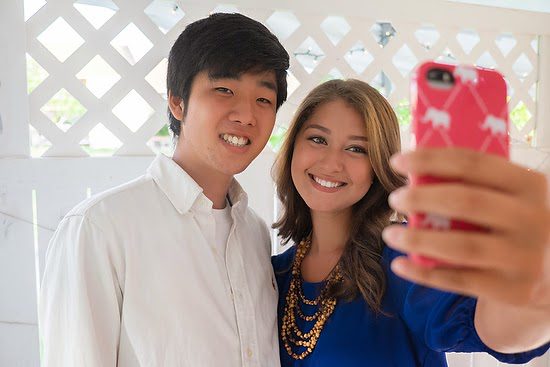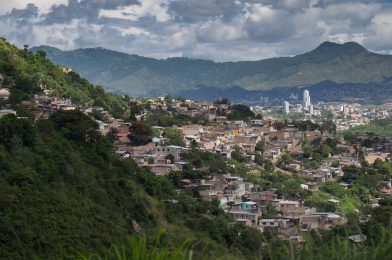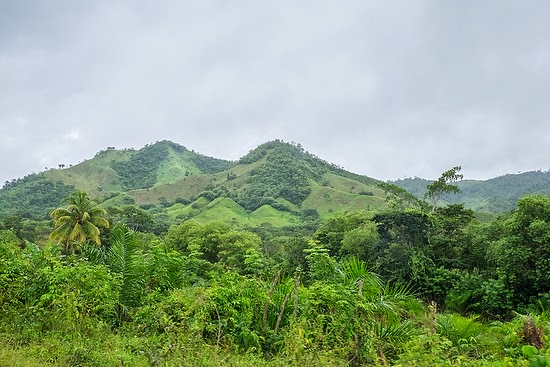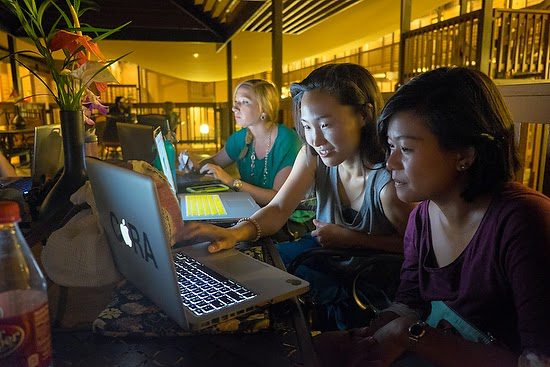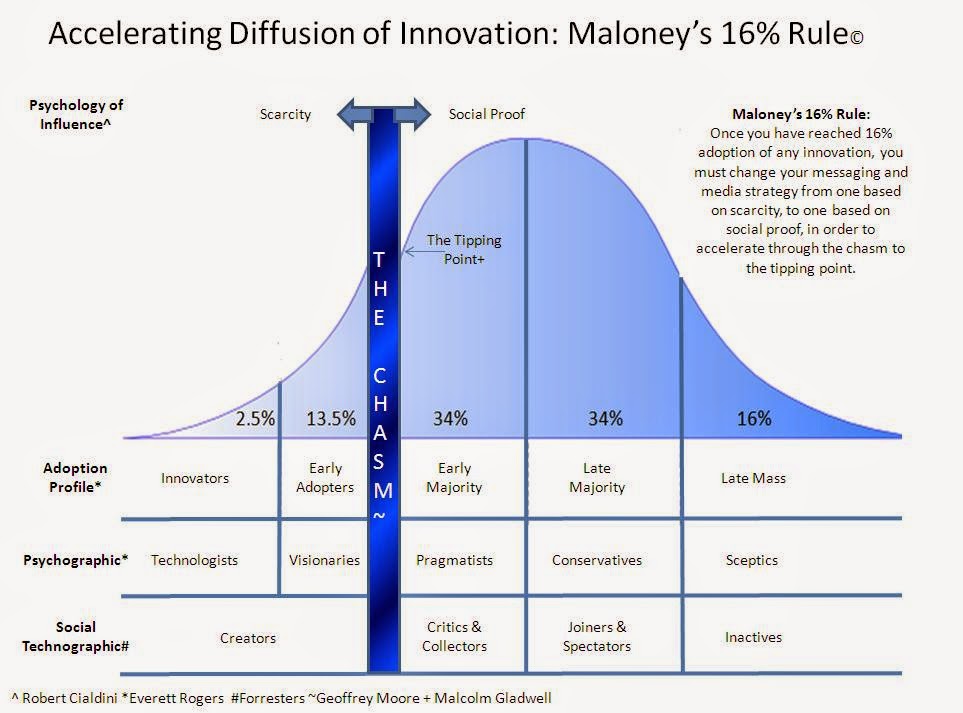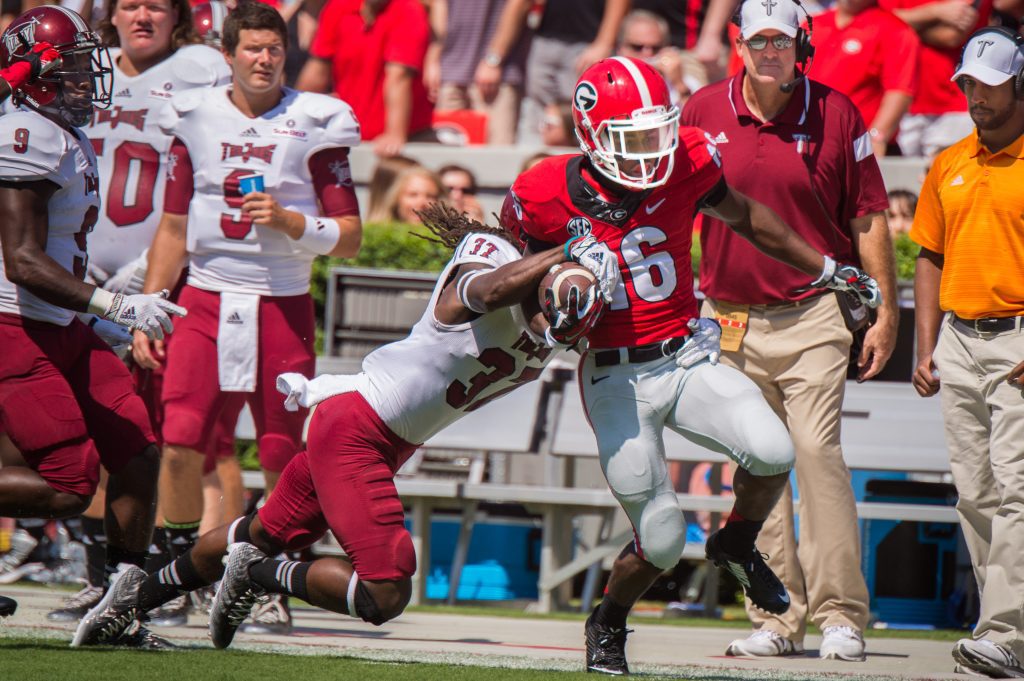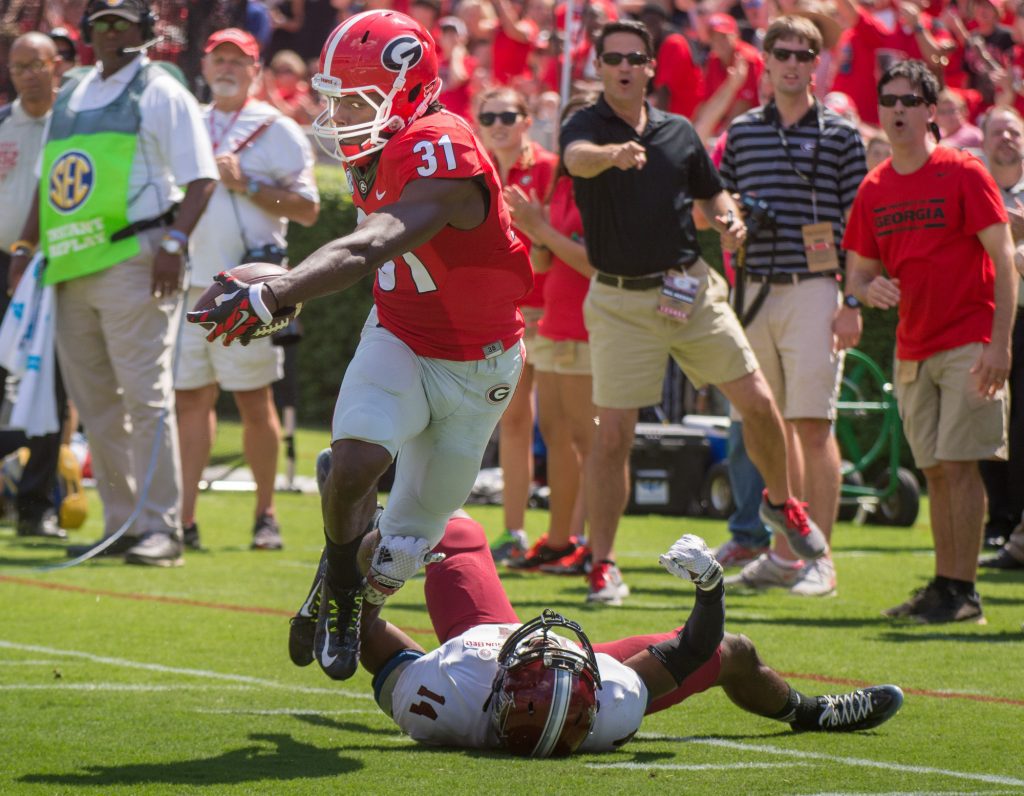| Nikon D750, Sigma VR Zoom 120-300mm ƒ/2.8 IF-ED, ISO 4500, ƒ/2.8, 1/640 |
All these photos were taken at Roswell High School’s Improv Troupe “What’s the Buzz?” performance on December 5, 2014. That’s my daughter in the blue shirt on the left above. I guess you can tell I am proud of her.
In business today, it pays more than ever to be able to think on your feet. So what better way to train yourself than to learn how to do IMPROV?
Tina Fey is an alumnus of The Second City, an improvisational comedy enterprise in Chicago.
Tina Fey boils down the rules here in her book Bossypants.
The first rule of improvisation is AGREE. Always agree and SAY YES. When you’re improvising, this means you are required to agree with whatever your partner has created.
Now, obviously in real life you’re not always going to agree with everything everyone says. But the Rule of Agreement reminds you to “respect what your partner has created” and to at least start from an open-minded place. Start with a YES and see where that takes you.
 |
| Nikon D750, Sigma VR Zoom 120-300mm ƒ/2.8 IF-ED, ISO 4500, ƒ/2.8, 1/640 |
Robert Kulhan is an adjunct assistant professor at Duke University’s Fuqua School of Business and said to CNN, “Improvisation isn’t about comedy, it’s about reacting — being focused and present at the moment at a very high level.” So the first rule of improv is a Worldview perspective that lets you join the client where they are at the moment.
In business, you don’t have control over what happens. IMPROV teaches you how to work as a team and learn to go with the flow.
Tina Fey says the second rule of improvisation is not only to say yes, but YES, AND.
The YES, AND principle in performance improvisation means listening to what someone else says, accepting what they say, and then building on that. In business terms, it means getting any idea brought to the table and then taking that idea further.
 |
| Nikon D750, Sigma VR Zoom 120-300mm ƒ/2.8 IF-ED, Sigma 2X, ISO 4500, ƒ/2.8, 1/640 |
Critical Thinking
The problem with many people in business is they put Critical Thinking often in front of brainstorming and creative thinking. It would help if you had an unconditional acceptance atmosphere for new ideas to come forward. The analysis paralysis occurs if you jump too quickly to critical thinking.
Tina Fey says, “Always ensure you’re adding something to the discussion.”
The third rule Fey talks about is one I get tripped up on in business situations.
Third Rule is MAKE STATEMENTS. This is a positive way of saying “Don’t ask questions all the time.” If we’re in a scene and I say, “Who are you? Where are we? What are we doing here? What’s in that box?” I’m putting pressure on you to come up with all the answers.
In other words: Whatever the problem, be part of the solution. Don’t just sit around raising questions and pointing out obstacles.
Try and be the fly on the wall in your business situations. Listen to yourself and self-audit your comments and body language.
Rule four–THERE ARE NO MISTAKES, only opportunities.
 |
| Nikon D750, Sigma VR Zoom 120-300mm ƒ/2.8 IF-ED, Sigma 2X, ISO 4500, ƒ/2.8, 1/640 |
Better Listener
You will not know how to respond to others when they finish if you have not listened to them. For example, how often do you talk to someone that is just waiting for you to finish speaking so they can say what they already are planning on saying? Improv teaches us to listen attentively, not just for words but for emotion, intention, point of view, and much more.
Saying yes to things you would typically sabotage will help you believe in yourself and your ability.
IMPROV also teaches you to embrace your emotions. These emotions in business help to connect with others.
“Some people misunderstand improv….It seems that improv is all about being funny. But it is not. Improv is about being spontaneous. It is about being imaginative. It is about taking the unexpected and then doing something unexpected with it….The key is to be open to crazy ideas and building on them. And funnily enough, this is exactly what is needed if we are going to make our enterprises more creative and agile.”
– Paul Sloane
The Leaders Guide to Lateral Thinking Skills
Rules of Improv
1. Always Agree and Say Yes–You are required to react to whatever your partner has created. In real life, you will not agree to everything, but this helps remind us to respect whatever our partner has created. At least start from an open-minded place. Start with a yes and see where that takes you.
2. Yes AND–Add something of your own. Don’t be afraid to contribute. Always make sure you are adding something to the discussion.
3. Make Statements–Asking questions always make your partner have to come up with all the answers. Statements are your way of being part of the solutions. Don’t stand around pointing your finger at obstacles. Make statements with your ACTIONS and your VOICE.
4. There are no MISTAKES, just OPPORTUNITIES–In improvement, there are no mistakes, only beautiful happy accidents.











